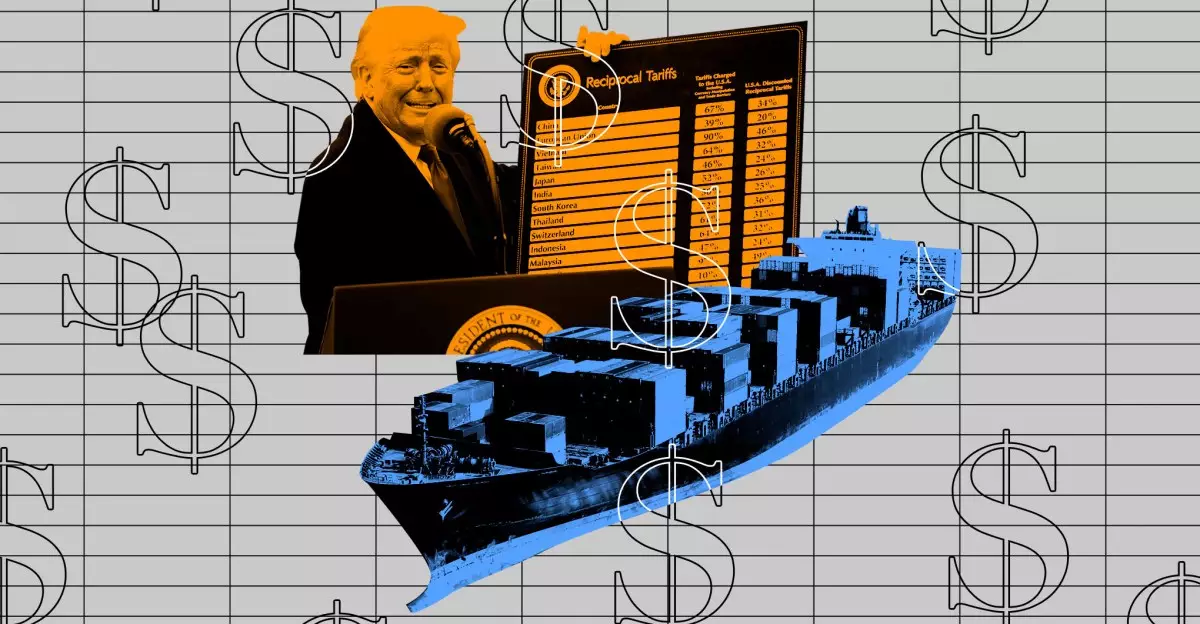The recent announcement by US Customs and Border Protection (CBP) concerning tariff exemptions for popular consumer technology imports serves as a crucial reminder of the complexities existing in international trade policies and their direct impact on consumers. While many were prepared for a potential hike in prices concerning tech products due to the ongoing trade war, the exemption for devices like smartphones, laptops, and memory chips from the hefty tariffs imposed by the former administration brings both relief and optimism.
This pivot in policy underlines a more consumer-friendly approach that could offer not just immediate financial respite, but also help maintain competitive pricing across an ever-evolving tech landscape. The exemptions, although specific to certain products and still laden with other dues, demonstrate an understanding of consumer demands and market realities—that price hikes could stifle innovation and accessibility in the consumer tech sector.
The Impact on the Consumer Tech Market
Tariffs and market dynamics often shape one another in a convoluted relationship. The original plan to impose heavy taxes on imports from China threatened to push prices higher on a wide range of electronics. The tech industry, known for its rapid advancements, relies on affordability and accessibility for consumers. By excluding pivotal products from these tariffs, the government is effectively recognizing the essential role these technologies play in modern life.
We’ve witnessed instances in the past where companies, such as Sony and OnePlus, have already absorbed costs from previous tariffs into their pricing strategies. This has not just disturbed their market positioning but risked alienating tech-savvy consumers who rely on constant innovation and fair pricing. The current exemptions introduce a necessary stability, allowing companies to recalibrate their strategies and potentially avoid unnecessary price hikes that could ripple through the economy.
Trade-offs and Continued Challenges
While the exemptions sound promising, it’s essential to articulate that these do not completely eliminate the financial burdens on businesses or consumers. Many products still remain subject to varying tariffs, including a 20% duty aimed at enforcing measures against illegal substances. This indicates that while certain segments may benefit from relief, the intricate web of tariffs is far from fully disentangled.
Furthermore, technology companies, regardless of these recent changes, appear to be treading carefully due to the unpredictable shifts in policy. Pre-order delays, price increases, and redirecting supply chains are tactical ways companies are currently managing their operations amid the trade uncertainties. For instance, Nintendo’s hesitation regarding the Switch 2’s release pricing indicates a widespread apprehension within the industry that extends beyond tariffs. Such hesitancy could stifle market continuity, resulting in less consumer choice and delayed tech advancements.
An Eye on Future Developments
As we look ahead, several questions arise concerning the longevity and evolution of these tariff exemptions. Will this consumer-friendly policy be maintained as the objectives of international relations shift? Will companies exploit these exemptions to bolster innovation and improve product variety without escalating prices? The response to these inquiries rests largely on the forthcoming policy directions and the global political climate. Additionally, the importance of consumer sentiment cannot be understated. Public pressure can shape the actions of both policymakers and businesses, resulting in a proactive approach towards delivering better pricing and improved access to technology.
Ultimately, this policy update not only highlights the importance of navigating international trade effectively but also establishes a vital precedent for future negotiations. Consumer technology remains an integral part of our daily lives, and understanding the interaction between tariffs, pricing, and innovation is crucial in shaping a landscape that supports both economic growth and consumer empowerment. In this intricate dance, there may now be hope for a balance that promotes accessibility without sacrificing quality.


Leave a Reply